From Sugar Plantations to Backyard Gardens: A History of Sweeteners and Their Future
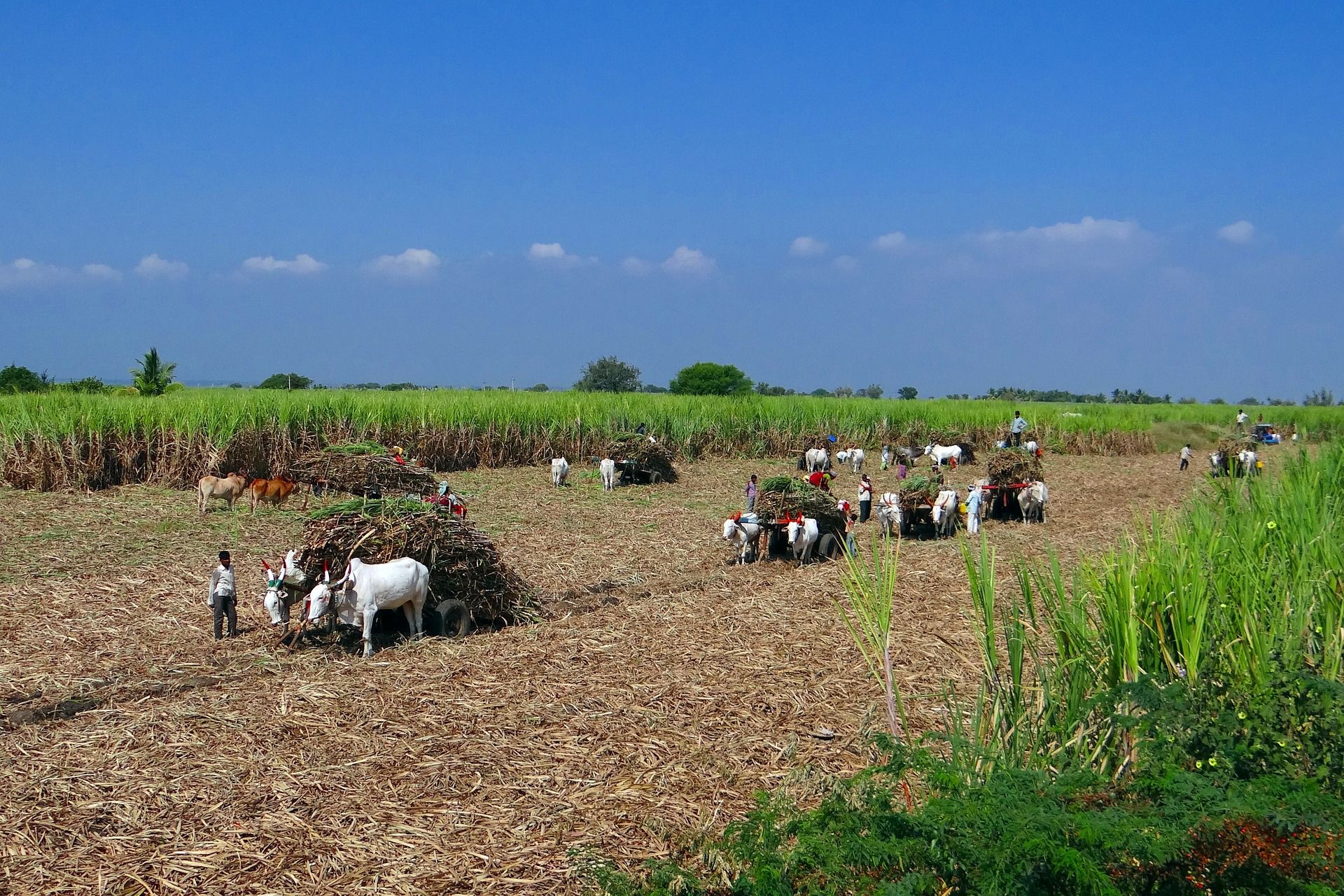
Sugar has a long and complex history, dating back to ancient times when sugarcane was first cultivated in India. The production and consumption of sugar has grown to become a global industry, but its impact on both human health and the environment has been mixed. Today, many people are looking for alternatives to industrial sweeteners and are turning to backyard gardening to grow their own sweeteners. In this article, we will explore the history of sugar production, its impact, and how we can move towards a more sustainable and healthy future by producing our own sweeteners in a backyard setting.
The production of sugar has had a significant impact on the environment and human health. The cultivation of sugarcane and sugar beets requires large amounts of water, fertilizer, and pesticides, which can lead to pollution of waterways and soil degradation. Additionally, the consumption of sugar has been linked to various health issues, such as obesity and diabetes.
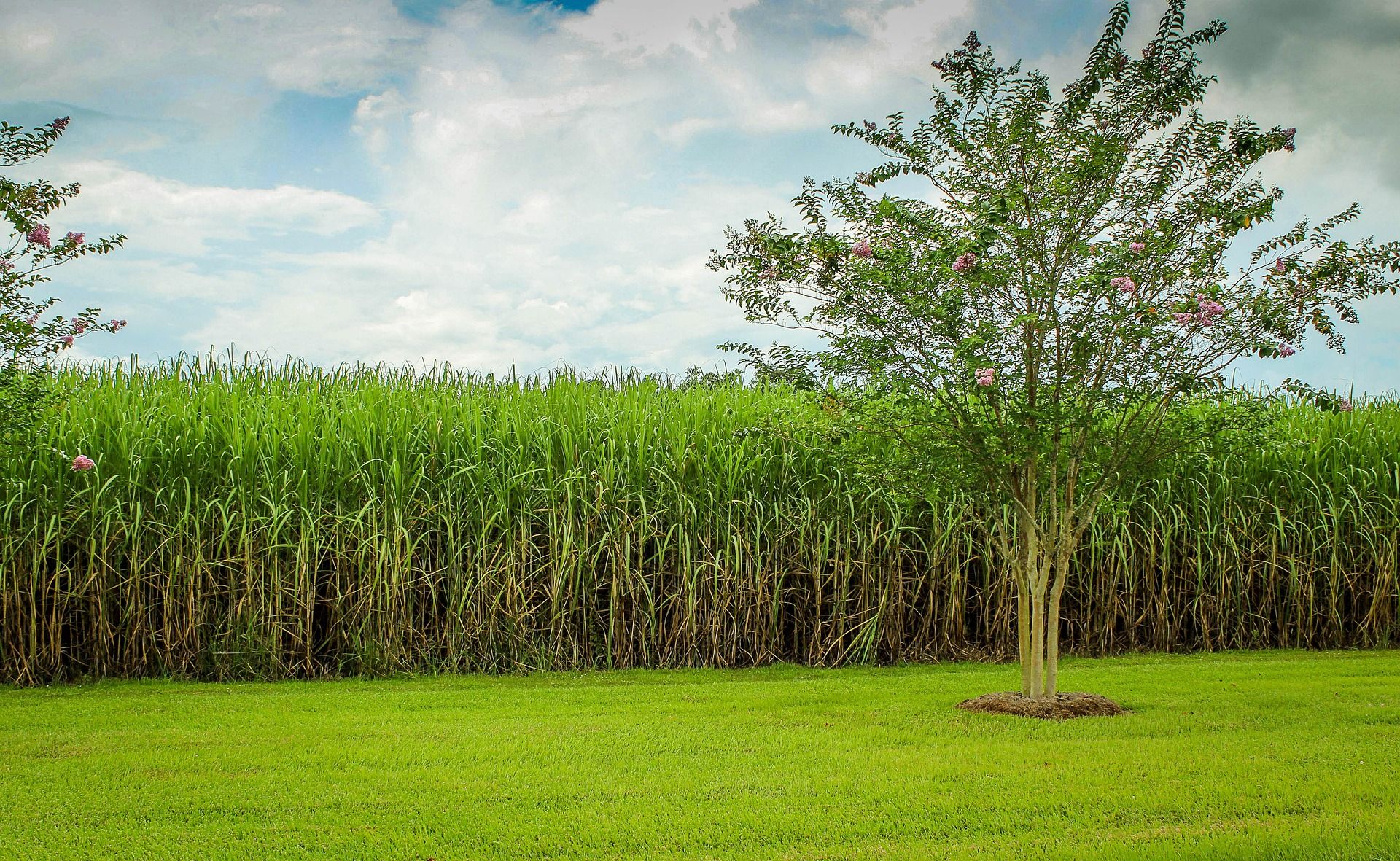
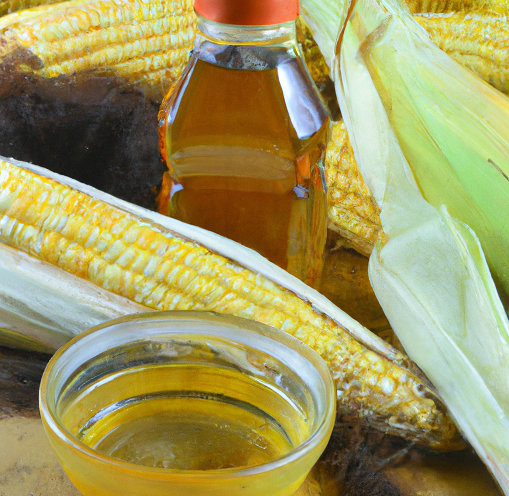
However, there are positive aspects to sugar production as well. The industry provides employment to millions of people around the world and contributes significantly to the economies of many countries. Furthermore, sugar has been used for centuries as a preservative, allowing for the storage and transport of food over long distances.
Despite its impact on the environment and human health, sugar continues to be a widely used sweetener. However, many people are looking for alternatives to industrial sweeteners and are turning to backyard gardening to grow their own sweeteners. One such alternative is sugar beets.
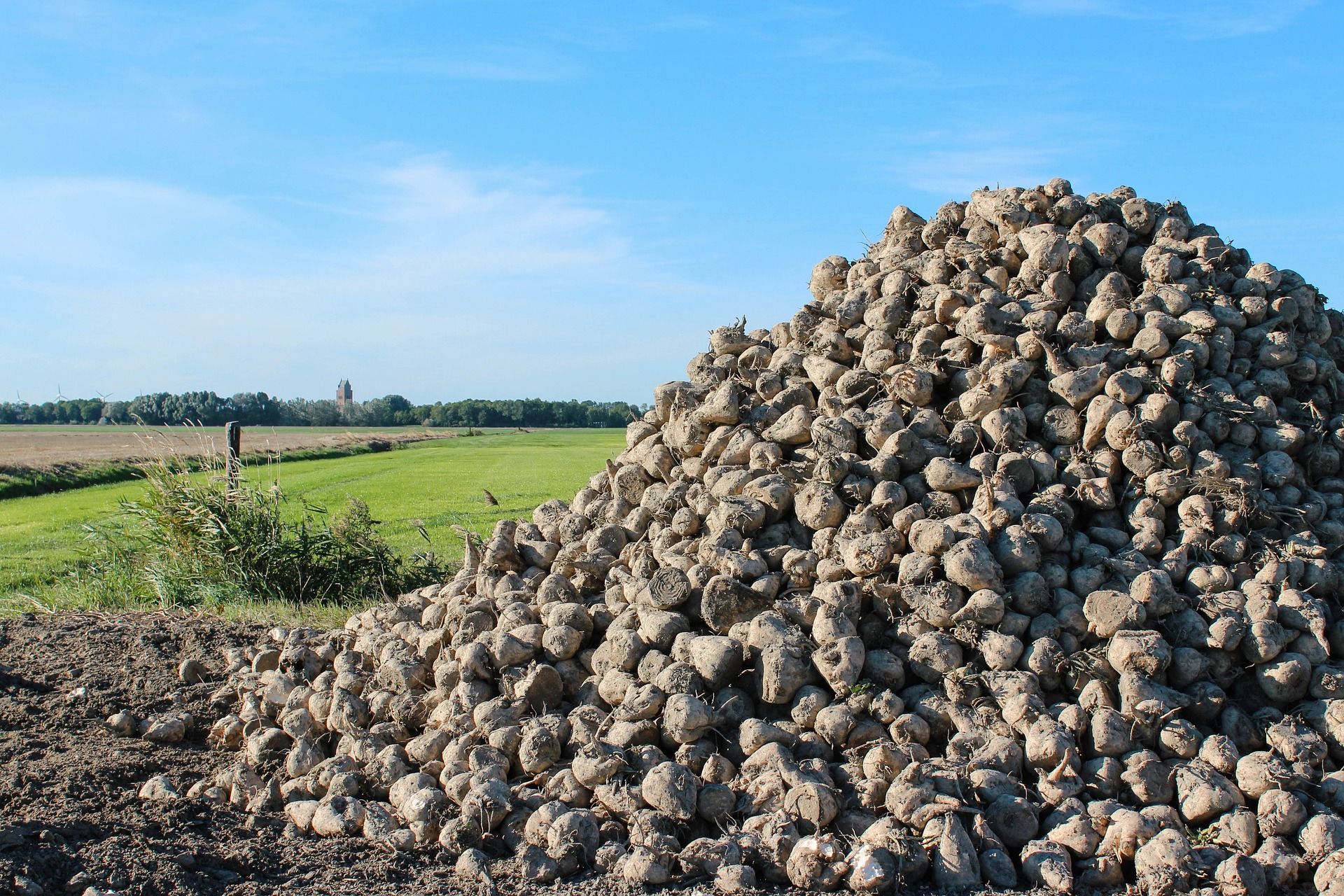
Sugar beets are a great option for backyard gardeners because they can be grown in most climates and are easy to cultivate. They are also high in sucrose, the main component of table sugar. To grow sugar beets, start by preparing the soil with compost and adding a balanced fertilizer. Plant the seeds in the spring or fall and keep the soil moist but not waterlogged. After about three to four months, the beets should be ready for harvest.
Once harvested, the sugar beets must be processed to extract the sucrose. This can be done by slicing or grating the beets and then boiling them to create a syrup. The syrup is then strained and boiled again to create a thick, granulated sugar.
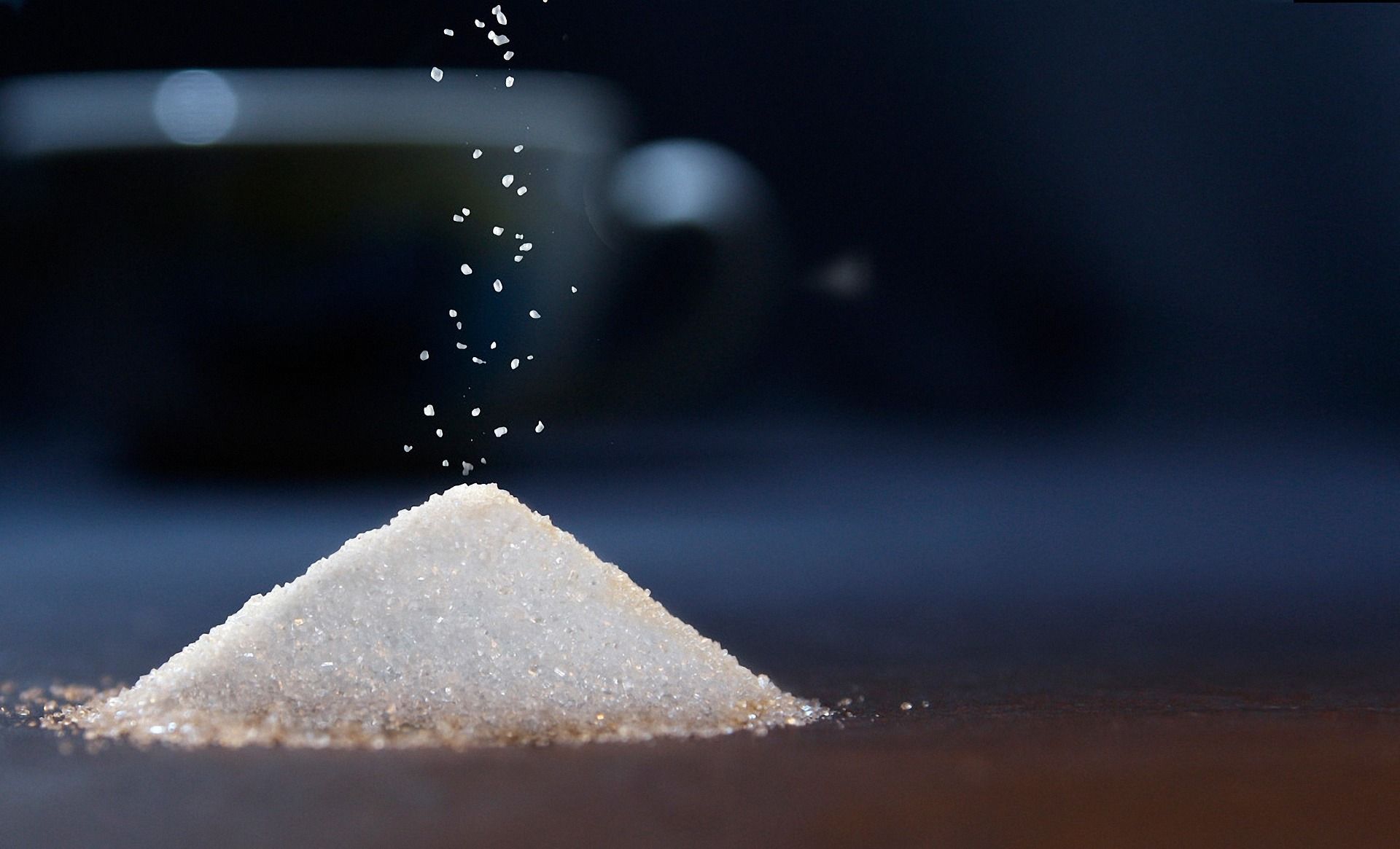
Producing your own sweeteners, such as sugar from sugar beets, is one small step towards breaking away from the industrial food system. By growing our own food and sweeteners, we can take control of what we put into our bodies and reduce our impact on the environment. So why not give it a try and start growing sugar beets in your backyard today?
